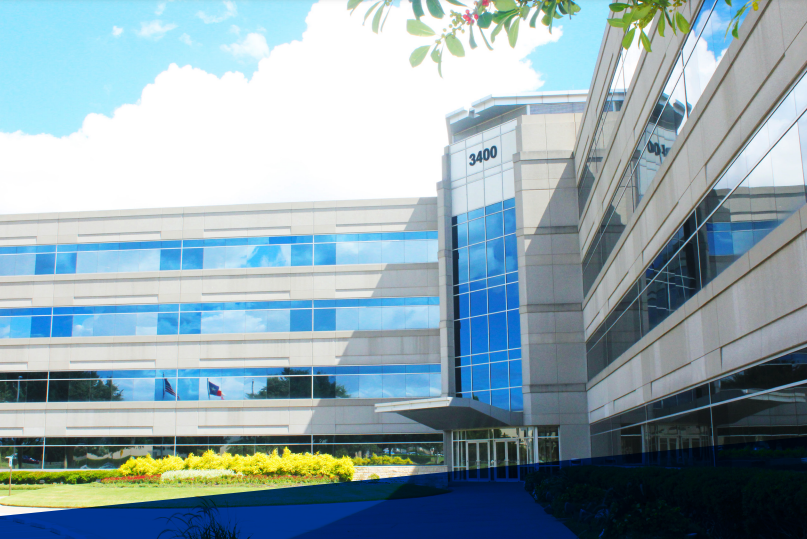If you just read the headlines regarding the return to office without looking deeper, it can be disheartening. CoStar had this one “In the Office Sector, Occupancy Disconnects from Employment; Jobs May Be Back, but Demand for Space Lags Far Behind.” This next one may be even more disturbing, even if it leans toward the positive for Dallas: The Dallas Morning News had “Dallas is one of the top cities for getting workers back to the office; by early next year, 65% of workers should be back at their desks.”

Dallas leads the nation, but we are only at 65 percent of workers going back to the office full-time in 2023. The shift toward remote and hybrid work has fundamentally distorted the demand for commercial office buildings.
But, the question remains, whom should the C-suite be listening to in this climate of varying opinions? There is no shortage of commentary or statistics being reported, but one of the most interesting I’ve seen comes from BOMA International (Building Owners and Managers Association). Their 2022 BOMA International COVID-19 Commercial Real Estate Impact Study shows stabilizing views on workplaces and the commercial office sector, but also reveals employers and employees are supportive of hybrid work with both wanting to be back in the office three to four days per week.
So, what can we glean from the headlines and opinion pieces? Here’s my two cents from my 30+ years in the CRE industry, as well as operating a company and my daily client work.
1. Purpose.
The office must have a real purpose beyond just being the place employees go to work. It must be designed and operated in a manner that is productive, efficient for collaboration, and used to enhance corporate culture and the corporate brand. These should not be viewed as cute buzzwords, they’re real. The facility must exude the purpose and character that an organization displays so it is self-explanatory for an employee to return to the office. What this means is you must really examine location, the infrastructure, the depth of that infrastructure, and how the facility behaves in the daily activity of an organization. According to an August 2022 Occupier Survey by CoreNet Global, companies are spending to make their leased space more attractive and productive for their employees, including more collaborative space with more effective communication and scheduling tools. They also are enhancing workplace amenities, including outdoor space, experiential amenities, wellness design and services, and upgrading video-conferencing technology to better bridge the gap between those working inside and outside the office.
2. Flight to Quality.
A facility’s amenities, quality, flexibility, and required commute time have never been more important. Flight to quality is absolutely real; we see it every day. A recent study notes the flight to quality acceleration will continue for the foreseeable future. This will have a major impact on A- to B+ office properties where the sponsors can’t or are unwilling to reinvest dollars to meet the demands of today’s corporate clients. When evaluating property alternatives, the strength of, and strategic plan of ownership is critical. This coupled with the rising interest rates has made real estate facility decisions much more acute for the corporate user today than in the past decade.
3. Understanding Why.
Footprints are changing but making these changes prior to really understanding the why and the purpose of the office can be costly. Navigating a long-term facility decision based on the past two years of data is challenging, to say the least. You can have all the bells and whistles when it comes to amenities, but how do those amenities support the operation? Is your space flexible, comfortable, and intuitive in addition to what your team needs? You can be collaborative without having a field of cubicles and you can have meeting spaces that don’t require a massive mahogany table and brandy decanters. Just look at Dallas developer Granite Properties. The company’s Senior Director of Development and Construction David Cunningham told Dallas Innovates “that buildings with the best architecture, mechanical systems, amenities, and locations will continue to see demand. Beyond just cool design, tenants demand a total package that includes the right look and feel, along with amenities and sufficient parking. Offices need to be comfortable, have drive-up appeal, and give you an image of what you want your company to say about itself,” he said.
4. Hybrid is Here to Stay.
A recent Dallas Morning News report clearly stated that hybrid is here to stay, and I completely agree. COVID taught us that certain job functions can be productive from home but there is still a reason for being in the office. After two years of this new model (and all its variations), the C-suite must change the old way of thinking. This includes embracing the flexibility and freedom an employee is given while paying equal to or more in salary than they paid prior to the pandemic; which is significant. There is also the challenge of cultural disintegration that coincides with this return to office narrative, as well as the generational differences that go into the expectations for being in the office. While Gen Z, Millennials and even Gen Xers are reported to be content to work wherever it is my belief that they must focus on their long-term career development. Mentorship, management training and overall career development are critical factors for these generations to consider as they evaluate their employment. The adage “out of sight, out of mind” can play a role here as the return to office narrative continues. Alternatively, Boomers must adjust their way of thinking that “being in the office does not necessarily correlate to someone working and/or being productive.” This is a significant cultural change for those individuals that have known a certain way of working for over three + decades.
5. Industry Verticals Impact Return
When and how a company returns to the office is predicated upon its industry vertical, where it is headquartered and its corporate culture. Additionally, public and privately held companies view the return to office dramatically differently. Morgan Stanley CEO James Gorman said last year that “if you can go to a restaurant in New York City, you can come into the office,” and I tend to agree. I believe some employees demanding work-from-home privileges (not all) are using the pandemic as a ploy not to work. They can’t come to the office, but they can go out to eat, go to a concert, or travel. A recent Barron’s article backs this up acknowledging that since the pandemic threat dwindled, travelers are hopping onto flights again and shoppers are returning to the malls. But workers aren’t going back to their offices at the same rate.
There’s no secret sauce here. It all comes down to common sense. No one has a crystal ball as we look ahead into 2023. What I can tell you is some things have to change. There’s no arguing that COVID-19 left a lasting impact on the day-to-day operations of all industries. Now, we must make it our business to determine what changes are reasonable to keep and what needs to adapt to the times looking ahead. Can you afford to give up your office space and work in your jammies? Occasionally, that might be acceptable. Every day? I don’t think so. Businesses just can’t operate like that. Humans crave personal interaction. We collaborate and socialize and build relationships by being with one another. The office is where the magic happens.
Scott Morse is the managing partner of Citadel Partners
Author







